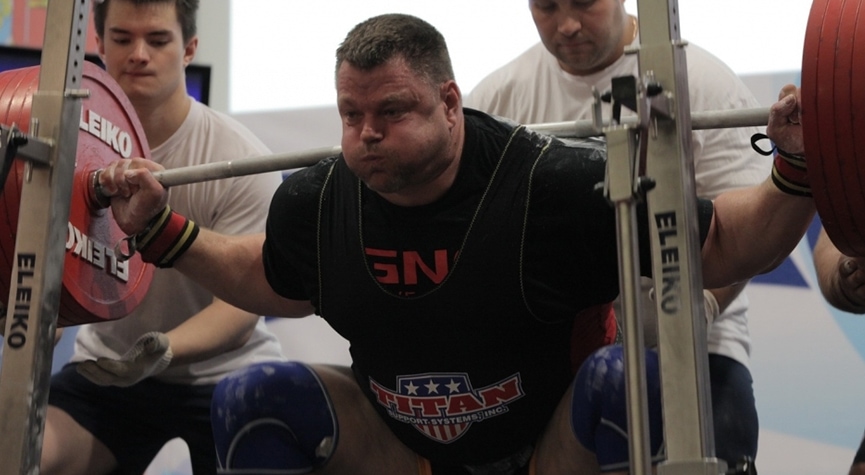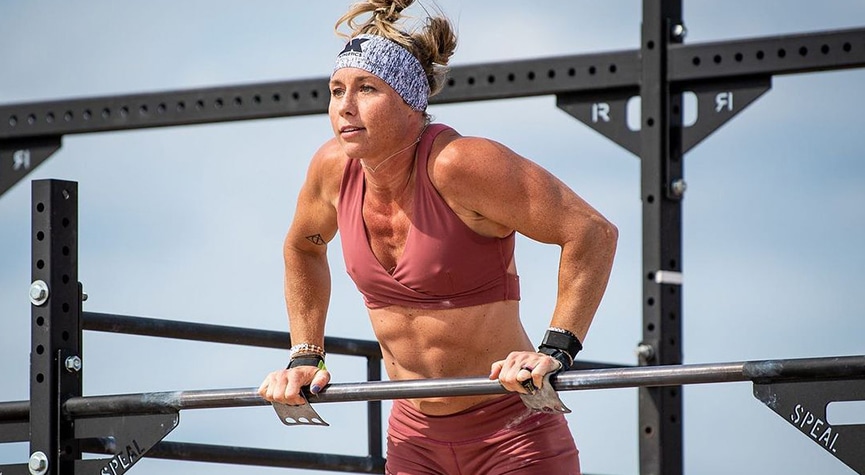Do you go hit the gym and wander aimlessly around trying to decide what to do? If you’re wanting to continue to make gains and see changes, you need to go in with a solid plan/workout program.
Hall of Fame Powerlifter Brad Gillingham is here to share why you need a workout program and how to go about picking the right one for you.
It’s essential to establish a workout or strength training program that contains well thought out training variables and goals. As the saying goes; without a program you’re just spinning your wheels.
A recent conversation with an old friend of mine reaffirmed the importance of setting goals and establishing a program. This friend had a chronic back injury and had not trained the squat and deadlift for several years. A few years ago I convinced to add the squat and deadlift back into his workouts to increase muscular strength, mobility, and support to his spine. At that time he literally started training with bodyweight box squats, and a near empty hex bar.
Recently, he indicated that training was going well, but he did not know how much longer he could maintain increasing his training load. At this point he made me aware that he had been adding 5-10 lbs. every couple week for nearly three years. I can tell you from years of experience and past mistakes, you cannot maintain a workout like this for very long. Eventually your nervous system becomes over stressed, and you will suffer from overtraining, burnout, and possible injury.
Key Training Variables
Scientifically, the American College of Sports Medicine (ACSM) identifies key training variables that are necessary to include in strength training programs in order to continue to make progress in gaining strength and improving performance. These include:
- Exercise selection and order
- Intensity
- Repetition
- Repetition speed
- Volume
- Rest intervals
- Frequency
The alteration of these training variables is necessary to support progression in strength and performance. 1
Why are you training?
The first step in developing your program is to decide what you’re training for. Do you have a sport specific training plan? Are you just trying to stay in shape? Are you bodybuilding, or are you an old strength athlete just trying to stay strong after your competitive years are over?
Layout a Plan
The next step is to embrace the fact that it is not productive to max-out every workout, but rather for long-term gains it is important to establish a periodized training program. There are many great programs out there that you can access on the internet, or you can find a good coach or personal trainer to point you in the right direction. Some of examples of program design may include block periodization, linear periodization, or undulating periodization.
Block Periodization
Some athletes like to lay out their programs for the entire training year using block periodization. Block periodization uses micro, meso, and macro training cycles to prepare an athlete for peak performance. This may include blocks that focus on hypertrophy, strength, power, and peaking for competition.
Linear Periodization
Whereas linear periodization uses gradual progression that increases volume and intensity over the duration of the training cycle. However, these training cycles are typically 8-16 weeks in duration. Not three years long like I described above.
Undulating Periodization
I utilize undulating periodization a lot with my training. This type of training allows for fluctuation in intensity and load during the same week. An example would be to perform your heavier sets on one training day and then have a second day in the same week that involves compensatory acceleration or speed work.
These programs typically last 8-16 weeks. When I was at my strongest in the deadlift, I rarely trained with more than 80% from the floor. However, I have always supplemented my core lift training with partial ROM supermaximal training, functional strength training (sandbags, sleds, farmers walk, med ball slams, log press) and other assistance work.
Find a Program and Stick with It
Again, there are many different theories and training styles to choose from. There are positives and negatives to all programs and some of this depends on your body type and training goals. The important message is to set goals and find a program to follow.
Overtime you need to find ways to make small changes to your program. These changes are necessary to continue to work your weak areas. Most programs will work for a while, but nothing works forever.
To be successful you need to find different ways to stress your body so that you can physically acquire the adaptations necessary to grow and get stronger. Your training need’s structure. Otherwise…… you’re just spinning your wheels.
Good Luck and Stay Strong!
Want to get the most out of your training? Try myHMB.
MyHMB has been clinically proven to improve recovery, build muscle and strength, and enhance aerobic capacity. Learn more.
References:
- Ratamess, N. A., Alvar, B. A., Evetoch, T. K., Housh, T. J., Kibler, W. B., Kraemer, W. J., & Triplett, N. T. (2009). Progression models in resistance training for healthy adults. Medicine & Science in Sports & Exercise, 41(3), 687-708. doi:10.1249/mss.0b013e3181915670. View Abstract.
















